Facing the Amazon’s Reality: Bruce Parry’s Eye-Opening Expedition
This isn’t your polished travel show. When Bruce Parry, an ex-Royal Marine, set off for a 6,000 km odyssey down the Amazon River, he didn’t just cruise past pretty landscapes. The BBC’s Amazon documentary tears away the tourist gloss to reveal a region wrestling with deforestation, gold fever, and cultural extinction. Six gripping episodes, each 45 minutes, take viewers where few have dared—into the heart of the world’s largest rainforest, deep among isolated tribes, and smack into the path of relentless industry.
Parry’s journey starts with a mix of boat rides, risky treks through dense jungle, and nerve-wracking flights via light aircraft. What’s quickly obvious is the Amazon isn’t just one huge forest; it’s a tangled web of livelihoods, ambitions, and age-old customs. The people he meets are as varied as the river’s bends. However, the spotlight keeps coming back to the indigenous communities—like the Matis of western Brazil—whose lives have been upended by outsiders, disease, and government neglect.
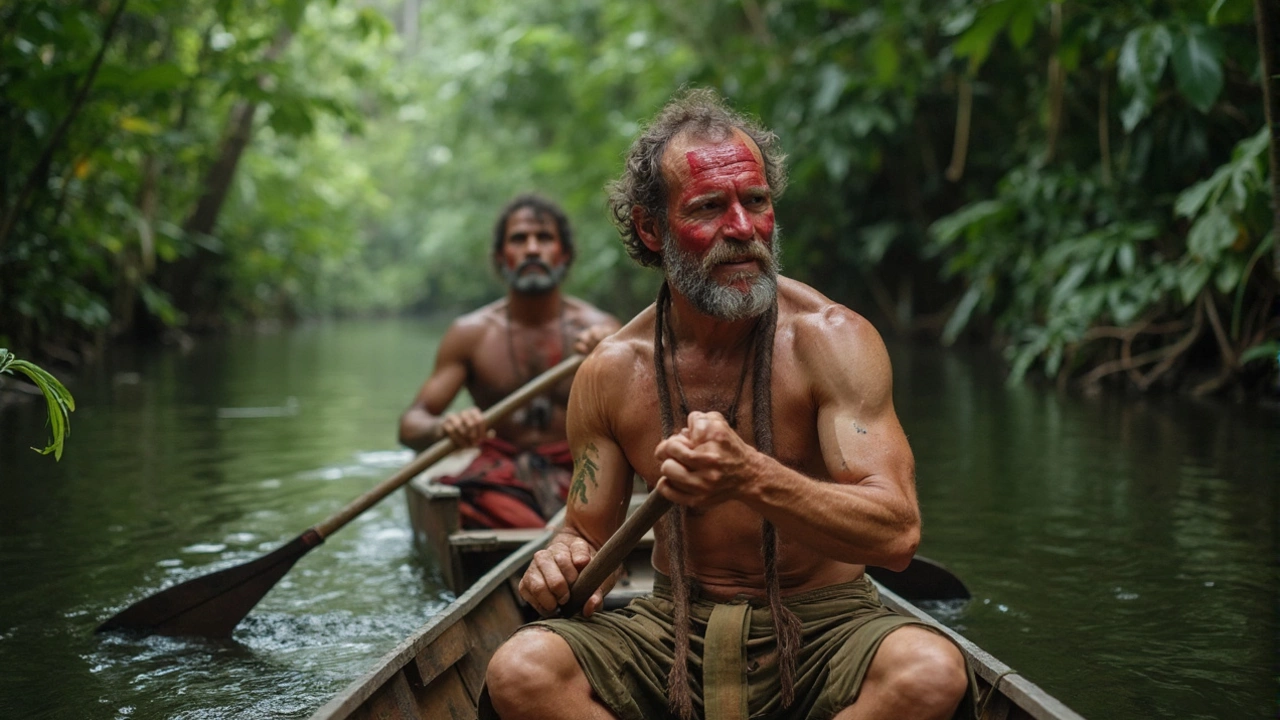
Where Industry Meets Tradition: Deep Dives with Tribes and Troublemakers
The indigenous tribes Parry visits aren’t fantasy figures living untouched lives. The Matis, for instance, show the scars of forced displacement and dangerous disease outbreaks triggered by newcomers and the spread of industry. Parry’s firsthand accounts put faces to the headlines—Matis elders recalling the pain of losing ancestral land; young men struggling with new illnesses. These weren’t scripted moments: Parry eats their food, joins their rituals, and takes part in their daily struggles, forging bonds but also unearthing a very real sense of loss and uncertainty.
This series doesn’t shy away from the ugly side: illegal miners slashing through forest for gold, loggers carving out roads where old-growth trees once reigned, and oil exploration rigs looming dangerously close to fragile riverbanks. Parry even meets coca farmers, who see planting for the cocaine trade not as criminal, but survival. Every encounter reflects messy choices—a recurring theme in the Amazon basin, where the next meal can depend on a deal with a logging company or the sale of crops destined for foreign drug markets.
One of the most dramatic stops is the Javari River region. Here, Parry witnesses how industrial expansion changes everything: rivers choked with runoff, animals disappearing, and families forced to adapt or leave their traditions behind. Tribal land in the Javari basin isn’t just shrinking; it’s disappearing, overwhelmed by outsiders hoping to extract a living from whatever is left. These struggles play out on camera, bringing a sense of urgency and injustice straight into the living room.
Yet, the Amazon documentary isn’t just doom and gloom. The visuals are breathtaking: canopies teeming with life, communities celebrating ancient festivals, and rare wildlife caught on camera. Experienced cinematographers make you feel the river’s pulse and the rainforest’s breath. But those moments of beauty are bookended by real warnings — if we keep pushing, these sights may vanish for good.
Parry’s experiences were too big for TV alone. That’s why fans dove into his companion book and DVD set, both released in 2008. They dig deeper into the series’ biggest themes and pull back the curtain on production—the dangers, the ethical dilemmas, and the raw conversations behind the scenes.
In the end, Bruce Parry’s journey is a call to pay attention. Through his immersive approach, the series lays bare the connections between disappearing forests, struggling tribes, and the choices made far from the jungle. It’s a story as big and wild as the river itself—one that refuses to be ignored.
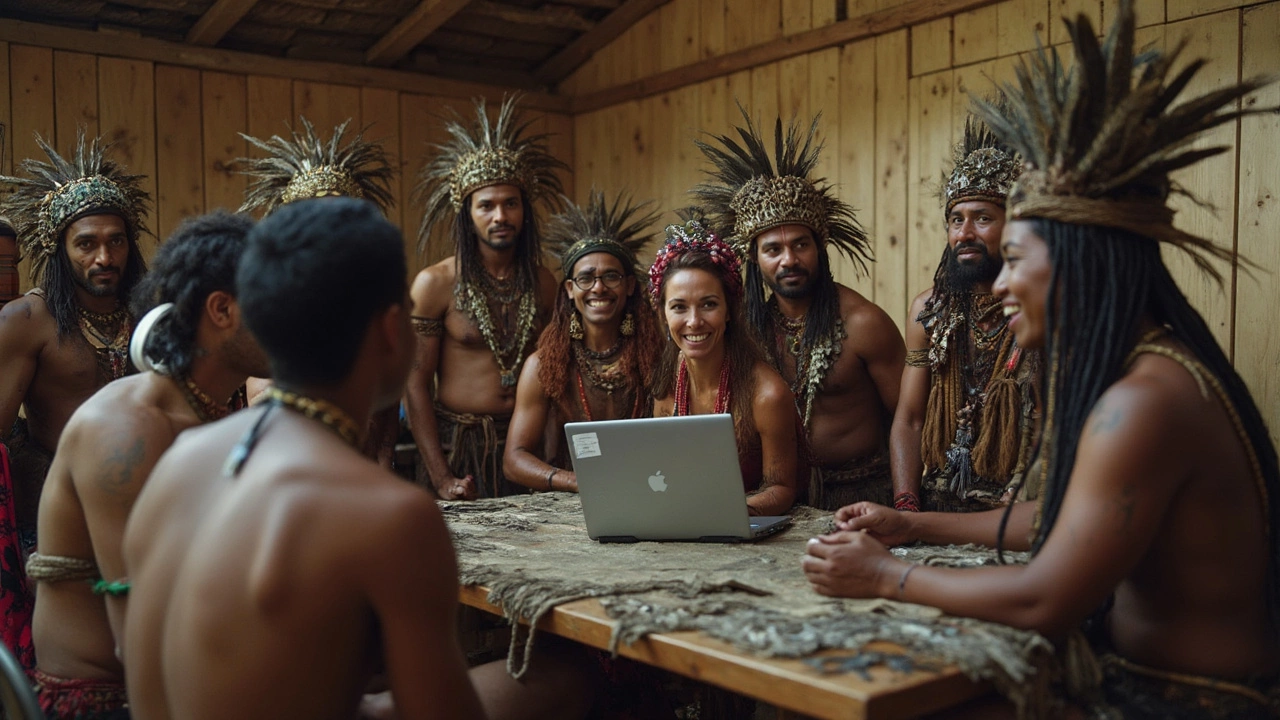

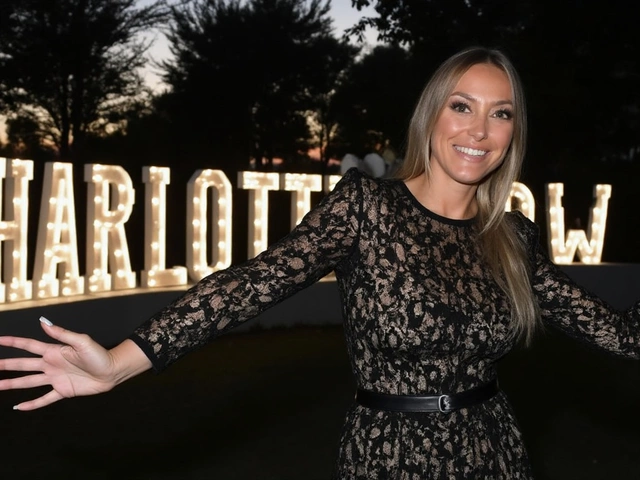
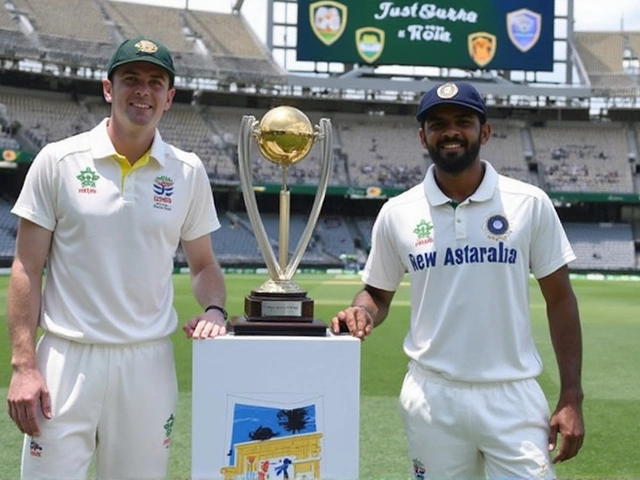
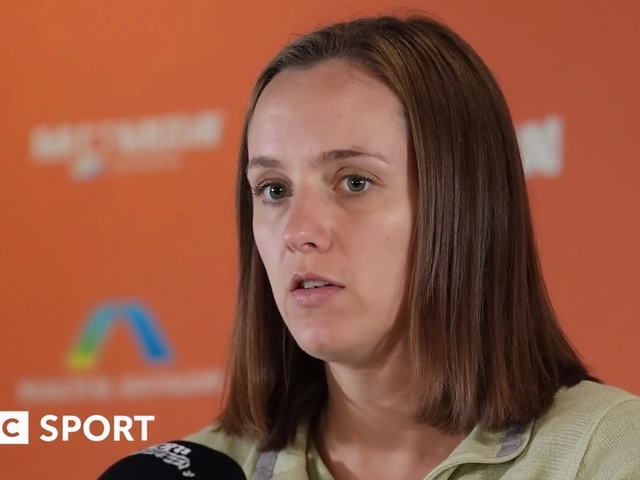
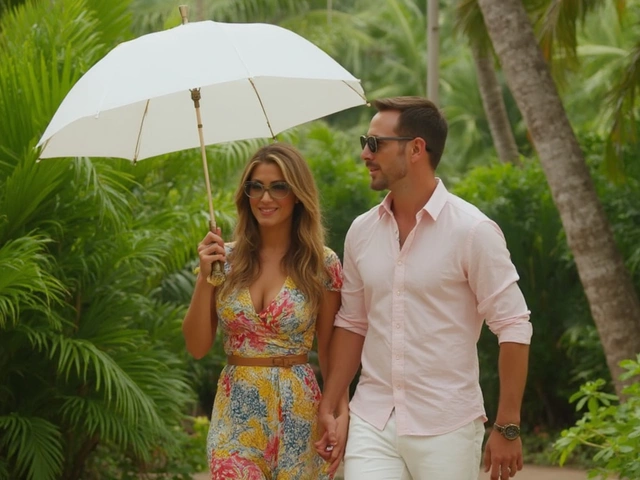
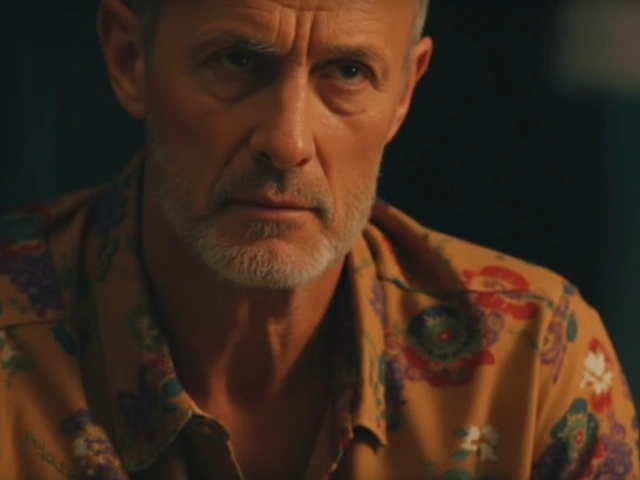
Write a comment